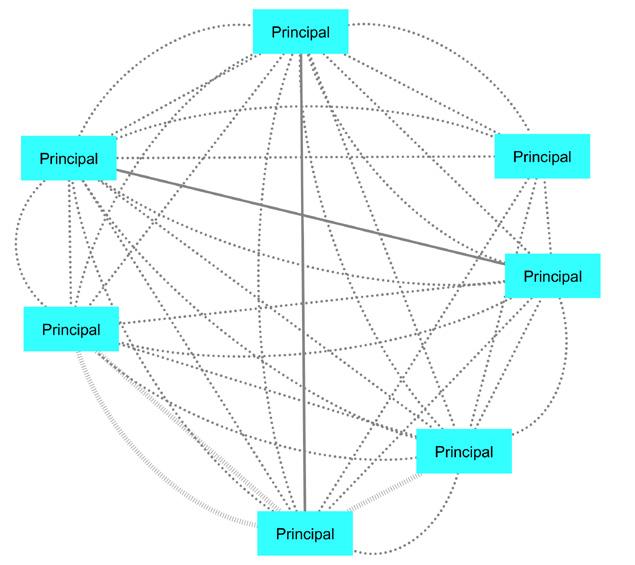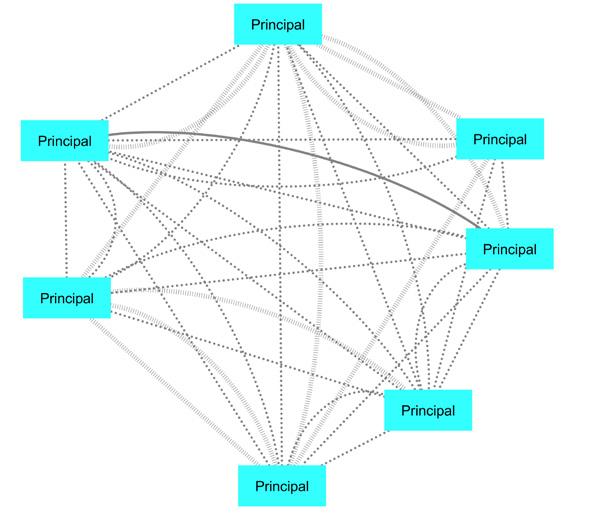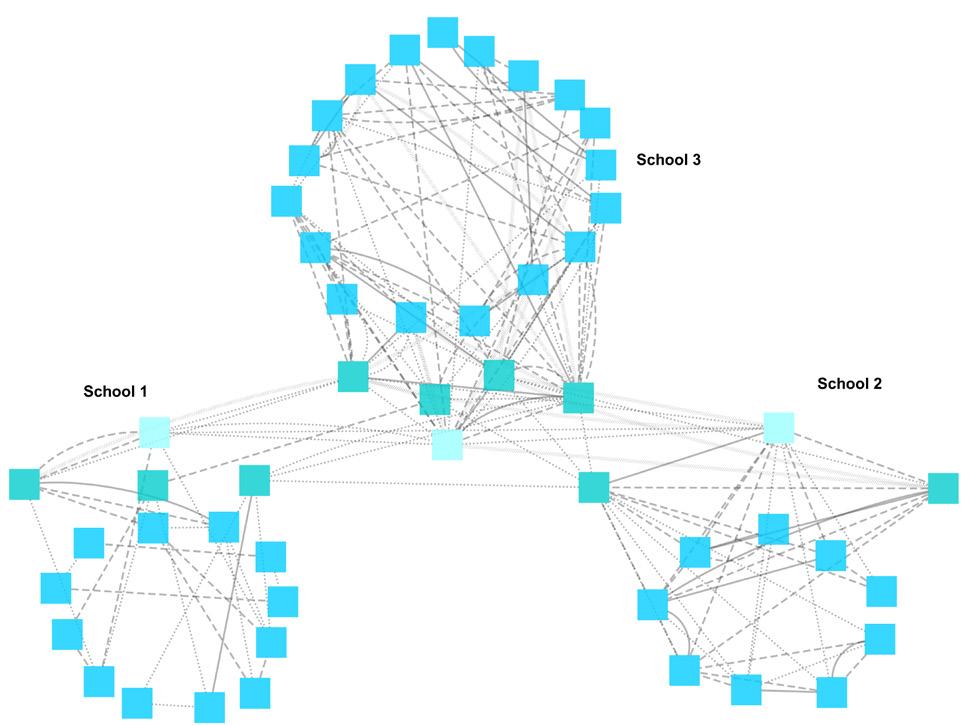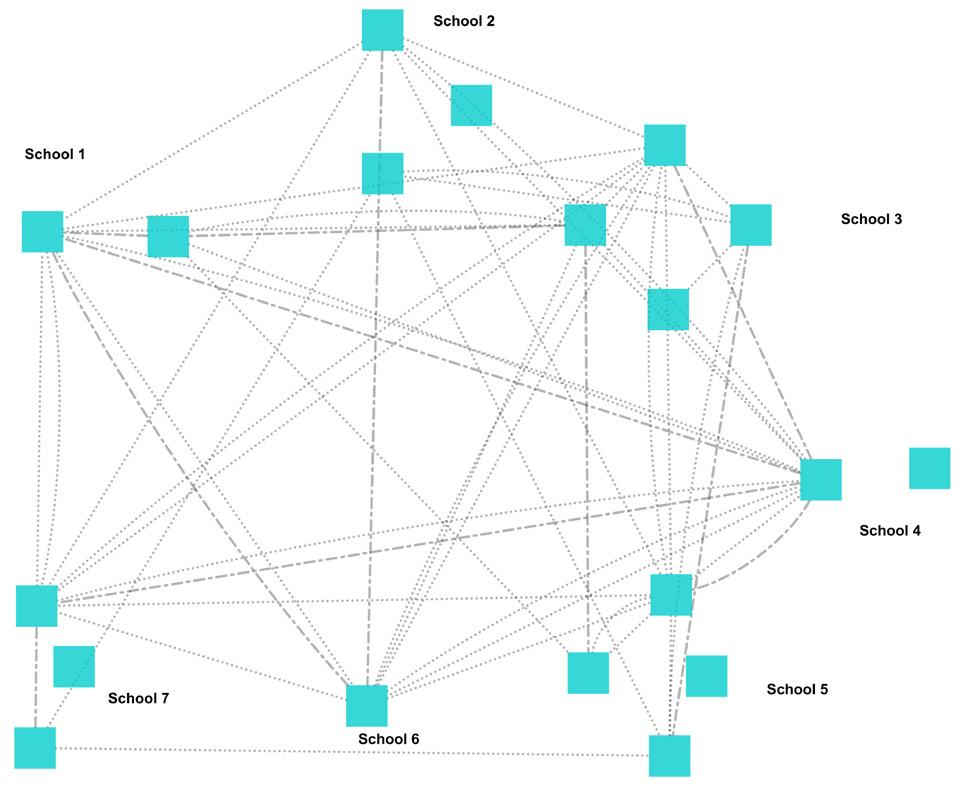FINDINGS
Leadership and decision-making was a shared process founded on relational trust In ERO’s meetings with the principals as a group, we recognised their absolute commitment to the vision for Kahukura and to working as a partnership. The principals operated a collective approach to decision-making but also had strong structures to support the devolution of leadership through their schools and across the network. A real advantage for Kahukura has been the stability of this group of leaders, with six out of the seven principals having been in their schools for over five years, and the other principal for between three and five years. Their approach aligned with their belief in the power of the collective rather than ‘top down management’ and their commitment to open, cooperative decision-making.
“[Kahukura] has developed a view of not having specific but distributed leadership, and maintaining individuality.”
Team leader
The principals of the schools met regularly as a group to share and discuss what was happening in their individual schools. No individual led this group. They believed a collegial, consultative approach built professional trust across the schools. They valued discussion and reaching agreement on strategic decisions for Kahukura, however long it took. Principals reported to us that the non-hierarchical structure of this group had led to well-argued and well-founded decisions. One principal described these meetings as:
“Lots of talk and vigorous disagreement that arrive at accord.”
Principal
Principals valued the support they gave and received from each other, and felt comfortable sharing concerns with supportive colleagues. Across the leadership group, principals were assigned a focus area and had responsibility to support Lead teachers. Lead teachers worked jointly and across schools to deliver on specific projects and focus areas. Principals were the most connected people across Kahukura, with monthly contact where solutions and problems were jointly shared. Figure 2 shows the principals’ connections to each other, indicated by a line. In Figure 2, the frequency of an interaction between principals is indicated by the line pattern. ERO also confirmed the strong engagement between principals and their focus area leaders. The consultative approach employed by the principals was also effective in building professional trust and collegiality among the focus area leaders. Principals were also connected to some senior leaders and teachers across Kahukura.
5






